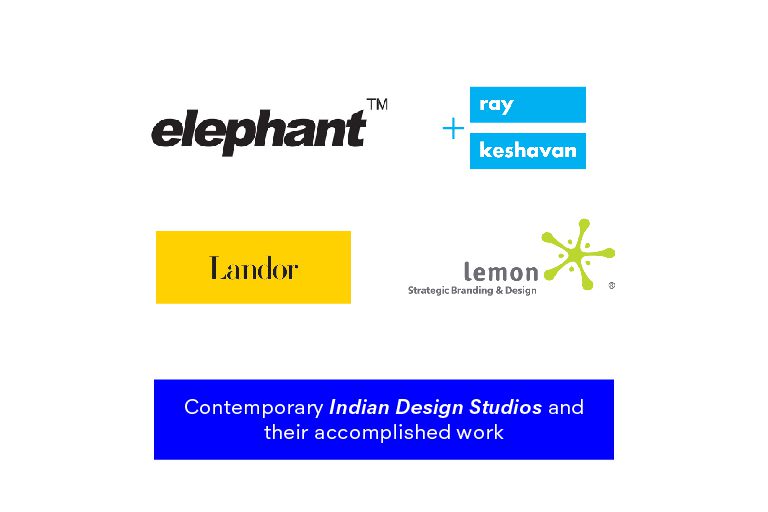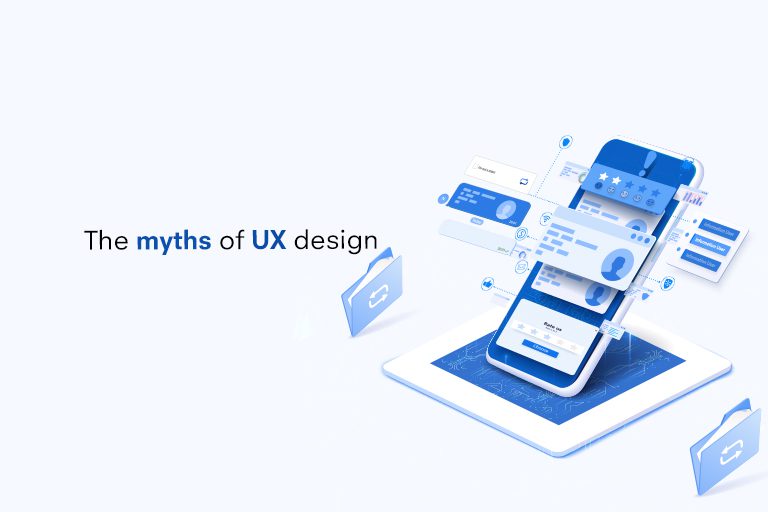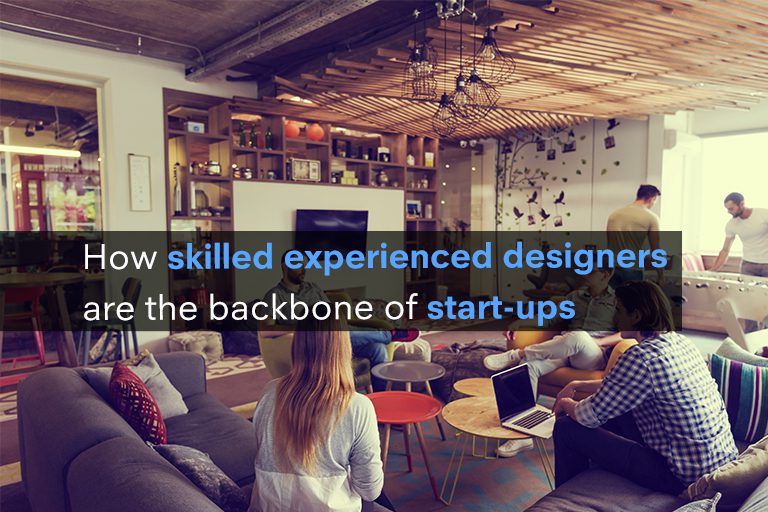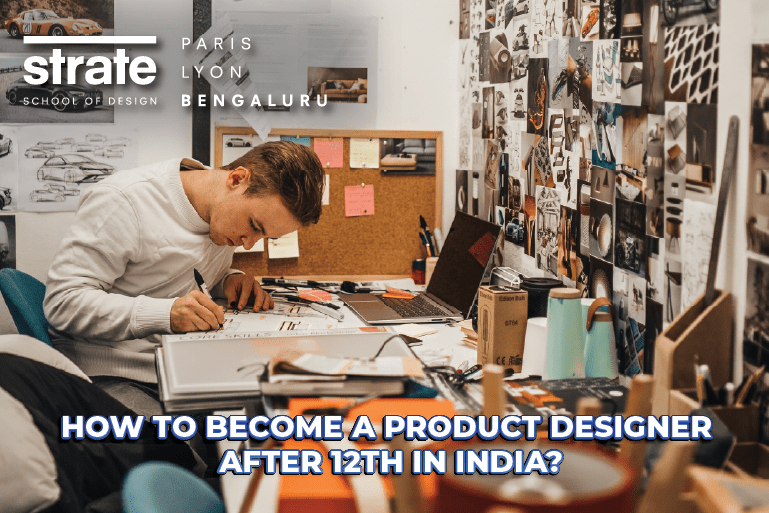Visual Designer vs Interaction Designer
The concept of design today is the product of an evolution determined by user behaviour and their times. Though this evolution has shaped the different branches of design, it has also created a lot of confusion.
You can often find people asking,
- Is UI/UX design same as Interaction Design?
- Is Visual Design same as Graphic Design?
- What exactly is the difference between Visual and Graphic Design?
- Do these areas offer the same job roles?
- Is the salary package different for each or is it the same?
- What is the difference between Visual and Interaction Design?
Confusing, isn’t it? There are so many definitions and designations of design these days that it becomes nearly impossible to choose a design path that fulfils all your career goals.
Because all the specializations of design are becoming more and more interdependent on each other, there is no standard definition for any. These definitions are grey rather than either black or white. Many of these definitions include one or more of the others. So, a lot of aspiring designers are unsure of what to look for when they want to study design.
In this article, we’ll take a look at two of these specializations – Visual Design and Interaction Design.
Visual Design
Visual Design is often mistaken for Graphic Design. As Visual Design deals with the same elements of Graphic Design such as typefaces, colour, and images, both these terms are used interchangeably. There is, however, quite a difference between them.
Graphic Designers create products for a company whereas Visual Designers create a brand’s visual identity and aesthetic.
This means Visual Designers design the overall look and feel of the company’s image and communication across channels. Visual Designers place great emphasis on details such as space, shapes, lines, volume, value, hierarchy, contrast, scale, etc. to create products that are visually appealing.
For instance, Hewlett-Packard’s signature blue colour is evident across all its marketing communication. Be it flyers, brochures, posters, website, or any marketing material, you see the colour or its composite/complementary colours being used. This enables the company to maintain its brand identity across channels.
Companies employ Visual Designers to ensure consistency and clarity in their communication. It also helps identify the brand among a sea of competitors. Thus, Visual Designers form an integral part of a design team.
These days, however, Visual Designer jobs are on the decline. These jobs are being replaced by “Brand Identity Design”. Identity Designers work on the visual aesthetics of a product, the same as Visual Designers. The only difference is that Identity Designers also combine the functionality of a product in their designs. Everything from photos to uniforms to chatbots is being designed by Identity Designers.
Interaction Design
Interaction Design, as the name suggests, is about how a user interacts with a system, an object, or another person. The system in this context is almost always a software application such as an app, a website, a collaboration tool, etc. The main purpose of Interaction Design is to ensure users achieve their goal in the easiest possible way.
Everything from the placement of a button on a webpage to making an automated online payment for a purchase, OTP confirmations, and similar others are defined by Interaction Designers. They dig deep into the minds of users and develop the best solution for any problem.
For instance, the AirPods by Apple is designed to automatically connect with your iPhone as soon as you open the charging case. This eliminates the traditional process of switching on the Bluetooth, pairing the earphones, and finally being able to use your device. By opening the case, the AirPods understand that they are to be connected to the iPhone, without external/user interference.
Now, creating an interactive user experience is not a simple task. It takes a strategic and creative mind to design products that meet end-user requirements satisfactorily. Interaction Designers have to study user behaviour, understand how code and technologies affect the design and user experience, identify the key uses of the product, create prototypes, test them, and stay up-to-date on industry trends.
The primary difference between an Interaction Designer and a Visual Designer is that a Visual Designer focuses on providing pleasant “visuals” to a user whereas Interaction Designers deal with users’ minds. Basically, it’s about good visuals vs. a good overall experience. Visual Design deals with the aesthetics of the interface whereas Interaction Design deals with both aesthetics and usability.
Of course, without understanding what a designer does, it is not possible to become any kind of designer. Therefore, it is of utmost importance to learn what the world of design encompasses before getting into a specialization.
Design Thinking is at the core of Strate’s pedagogy. At Strate School of Design, the first two years are dedicated to familiarizing students with the tools, technologies, and skills required for design. It’s only in the third year that students move on to their chosen specializations.
The Interaction Design course is the perfect stepping stone to a lucrative career in design. You will learn the techniques and technologies that encompass Visual Design, Graphic Design, and UI/UX design which are user-centred. Not only that, it also imbibes in you the values of an empathetic and open-minded individual. After all, becoming a designer is about making the world simple, just, and beautiful.









Want to Become a Designer ?
Strate is a unique design school that nurtures your talents as a designer by offering state-of-the art designing courses in Bangalore.
Join Strate